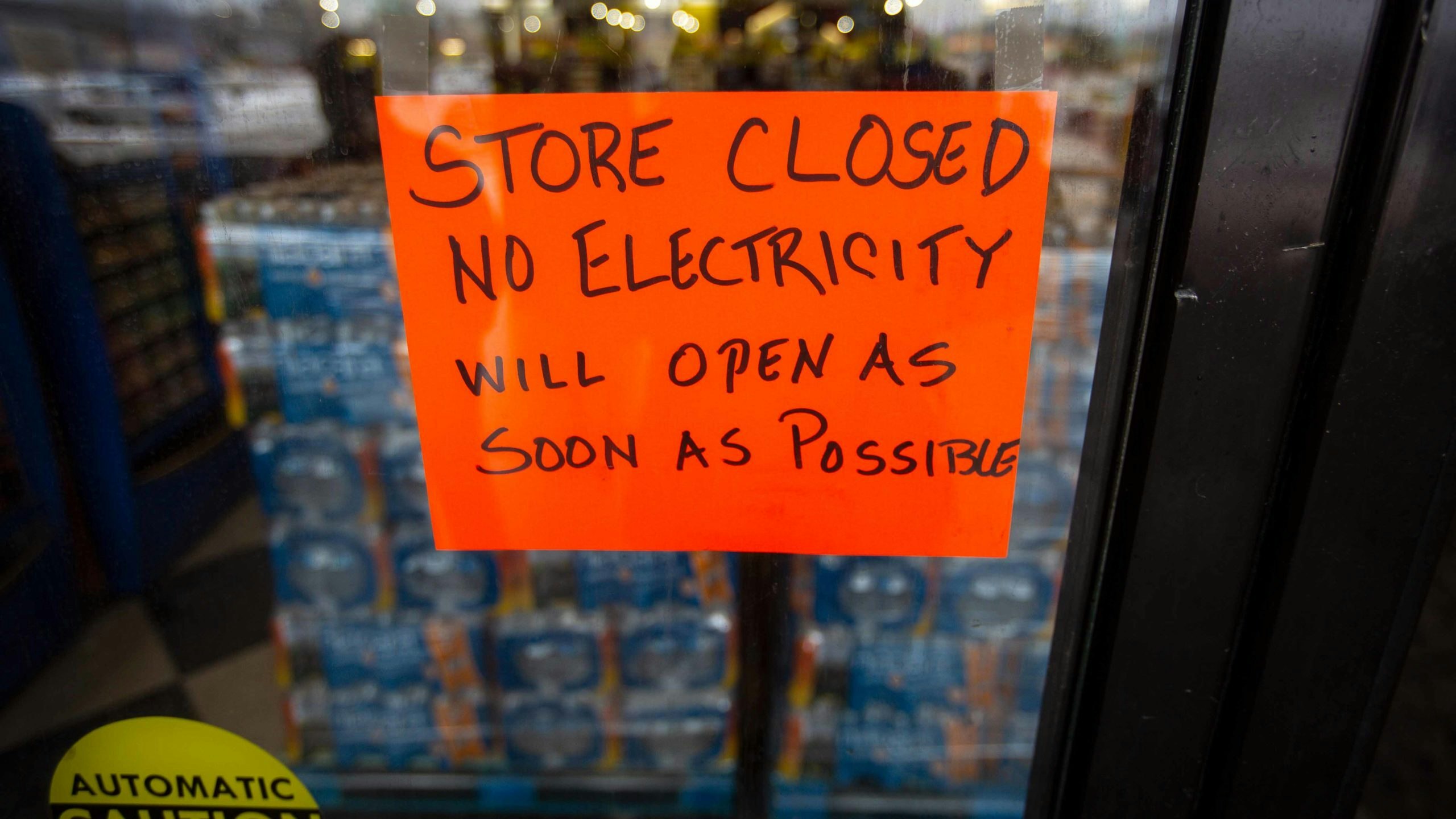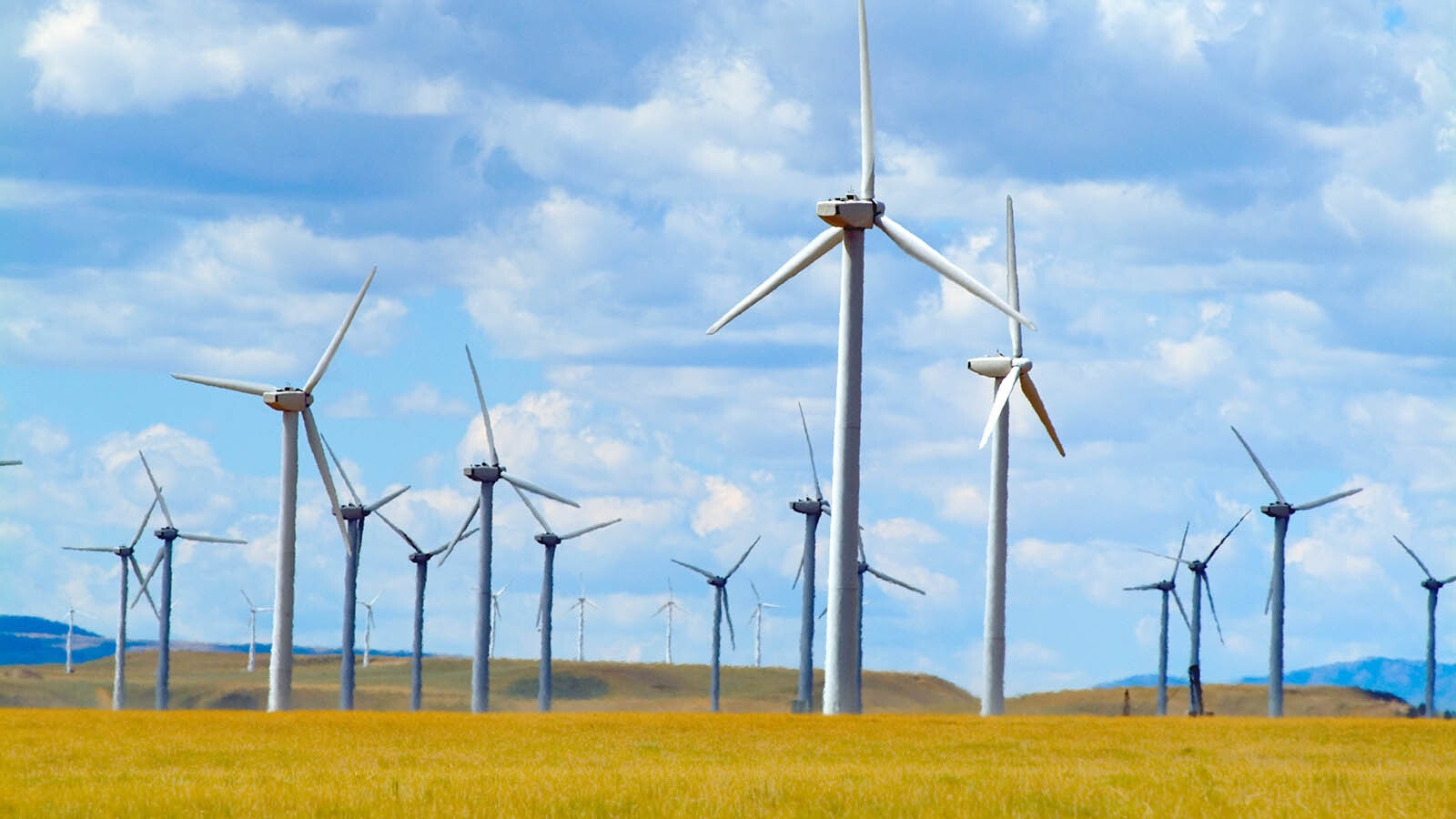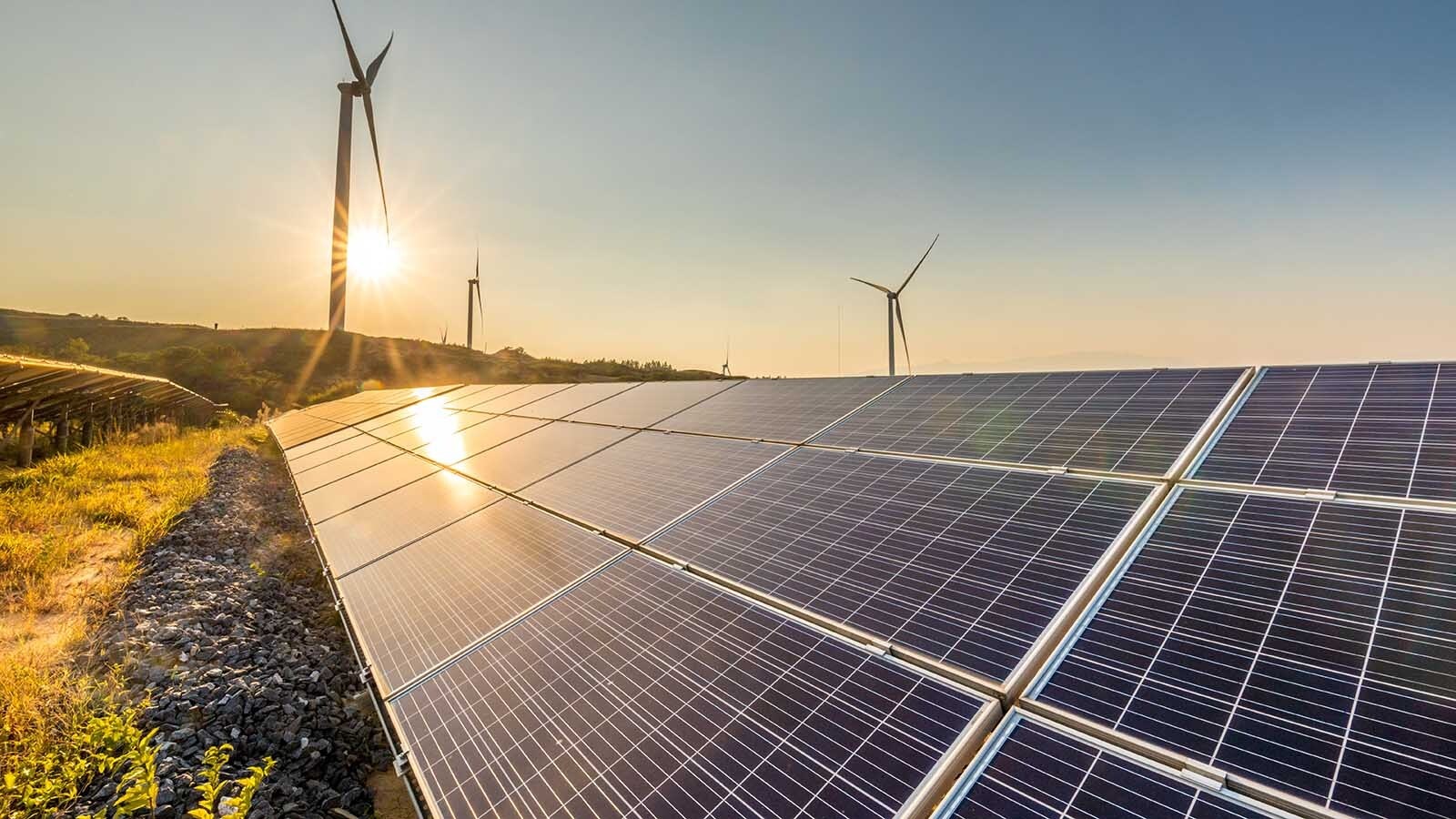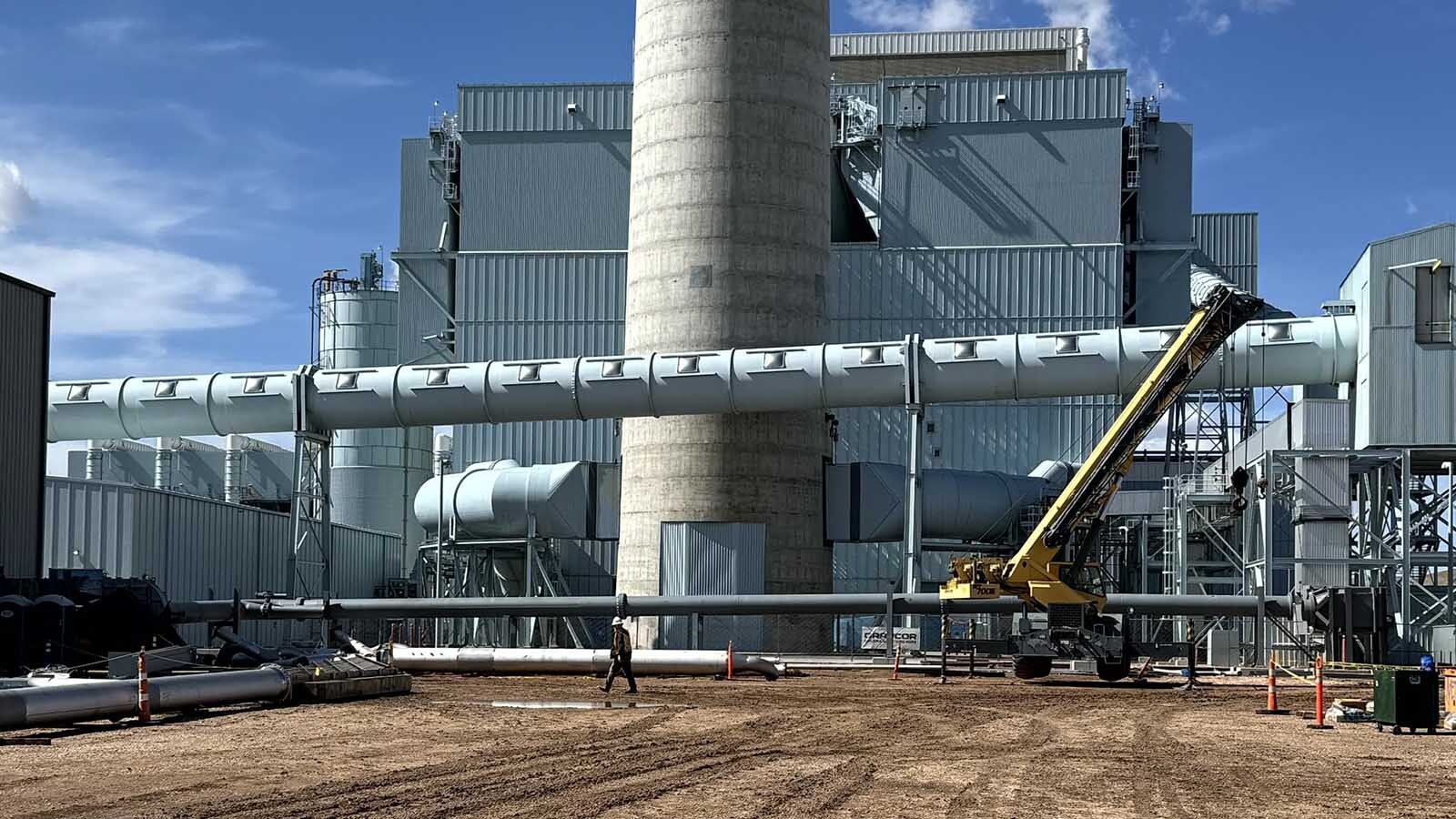Wyoming will see increased risk of blackouts, according to a new assessment by a nonprofit responsible for ensuring reliability on the grid that supplies energy to much of the West.
The Western Electricity Coordinating Council’s “Assessment of Resource Adequacy” examines the U.S. electric grid at a high level and determines over the next 10 years how many hours per year there’s a risk that demand will outstrip the supply of power on the grid.
“If nothing is done to mitigate the long-term risks within the Western Interconnection, by 2025 we anticipate severe risks to the reliability and security of the interconnection,” WECC reports in the assessment.
The United States is covered by three regional grids. The Eastern Interconnection covers the eastern half of the U.S. and the Electric Reliability Council of Texas covers most of Texas.
The Western Interconnection covers all of Wyoming, 13 Western states and two Western Canadian provinces.
Where We’re At
The assessment has no analysis of risk specific to Wyoming, but it does break down the grid into regions that cover the Cowboy State.
At a webinar discussing the assessment, Matt Elkins, manager of performance analysis for WECC, explained how the risk of energy shortages grows over the next decade on almost every region of the grid.
Factoring in projections of new resources — including wind, solar, nuclear, battery storage and transmission lines — the region that covers much of Wyoming will see up to 200 hours per year by 2030 in which demand might exceed available electricity resources.
Southwest Wyoming, which is part of a separate region in the assessment, could see that risk for as many as 250 hours per year by 2030.
“I wish I had something a little more optimistic to show you, but that’s really what it is,” Elkins said. “So that’s where we’re at.”
Neighbor’s neighbor
The assessment catalogs factors that are driving a challenge to electricity supply meeting demand. Among those are federal policies pushing clean energy targets.
The elimination of coal- and natural gas-fired electrical generation removed 18 gigawatts of power from the Western grid, the assessment notes, and another 26 gigawatts will be gone by 2032.
About 80 gigawatts from solar, wind and solar energy storage will be added in the coming years, which will help make up for some of the coal and gas resources being removed.
Extensive transmission lines, however, will be required to move energy from where the wind is blowing and the sun is shining to where the energy is being consumed.
“So maybe my neighbor doesn’t have it, but my neighbor’s neighbor has excess energy. There’s transmission between those two, and there’s transmission between myself and my neighbor,” Elkis said.
In the United States, transmission line buildout moves slowly, especially for lines crossing federal land, which happens often in the West. It can take up to a decade to gain the necessary permits for transmission line construction.
Demand
Adding to the pressure on the grid is an increase in demand. Across the Western grid, energy demand peaks during the summer when temperatures rise. Climate change is driving an increase in heat waves, which increases the energy demands on the grid. While solar resources increase in summer, wind resources decline considerably.
The report also notes that electric vehicles will place increasing stress on the grid. Charging stations could increase electricity demand nationwide by 40%, according to one source the assessment cites.
The assessment also notes a great deal of uncertainty in its projections because historical data won’t reflect future supplies of energy and demand. Besides changes to the climate, the variability of wind and solar make it difficult to ensure accurate projections.
However, across the entire Western grid, the assessment consistently finds increasing risks of blackouts in the coming decade.





